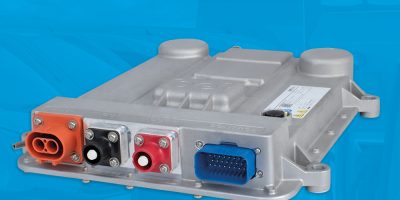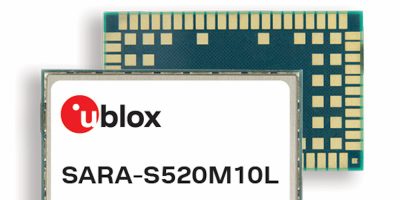Rugged and protected, the fourth generation GaN technology from Navitas Semiconductor offers efficiency, power density and reliability, opening up GaN to applications such as data centre, solar and electric vehicle use.
GaNSafe is a wide bandgap power platform for demanding, high power applications. The power ICs integrate GaN power and drive, with control, sensing and protection to enable faster charging, higher power density, and greater energy savings. It is covered by a 20 year warranty – an industry first, said Navitas.
The initial, high power 650/800V GaNSafe portfolio covers a range of RDS(on) from 35 to 98 mOhm in a robust, and cool-running surface mount TOLL package, to address applications from 1,000 to 22,000W.
Additional application-specific protection features have been introduced for the power ICs to perform under grueling high-temperature, long-duration conditions. Safety features include protected, regulated, integrated gate drive control, with zero gate source loop inductance for reliable high speed 2MHz switching capability to maximise application power density.
There is also high speed short circuit protection, with autonomous ‘detect and protect’ within 50 nanoseconds which is four times faster than competing discrete solutions.
There is also electrostatic discharge (ESD) protection of 2kV, compared to zero for discrete GaN transistors and an increased voltage capability of 650V continuous, and 800V transient to protect during extraordinary application conditions.
The TOLL package has just four pins and programmable turn-on and turn-off speeds (dV/dt) to simplify EMI regulatory requirements.
Unlike discrete GaN transistor designs, with voltage spikes, undershoot and specification breaches, GaNSafe delivers an efficient, predictable, reliable system, said the company. The TOLL package has achieved IPC-9701 mechanical reliability standard as well as reducing connections, compared to multi-chip modules and with improved cooling capability, said Navitas.
Navitas’ market-specific system design centers offer complete platform designs with benchmark efficiency, density and system cost using GaNSafe products to accelerate customer time-to-revenue and maximise chance of first-time-right designs. These system platforms include complete design collateral with fully-tested hardware, embedded software, schematics, bill-of-materials, layout, simulation and hardware test results.
“Our original GaNFast and GaNSense technologies have set the industry standard for mobile charging, establishing the first market with high-volume, mainstream GaN adoption to displace silicon,” said Gene Sheridan, Navitas Semiconductor’s CEO and co-founder. “GaNSafe takes our technology to the next level, as the most protected, reliable and safe GaN devices in the industry, and now also targeting 1.0 to 22 kW power systems in AI-based data centres, EV, solar and energy storage systems. Customers can now achieve the full potential of GaN in these multi-billion dollar markets demanding the highest efficiency, density and reliability.”
The GaNSafe portfolio is available immediately to qualified customers with mass production expected to begin in Q4 2023.







